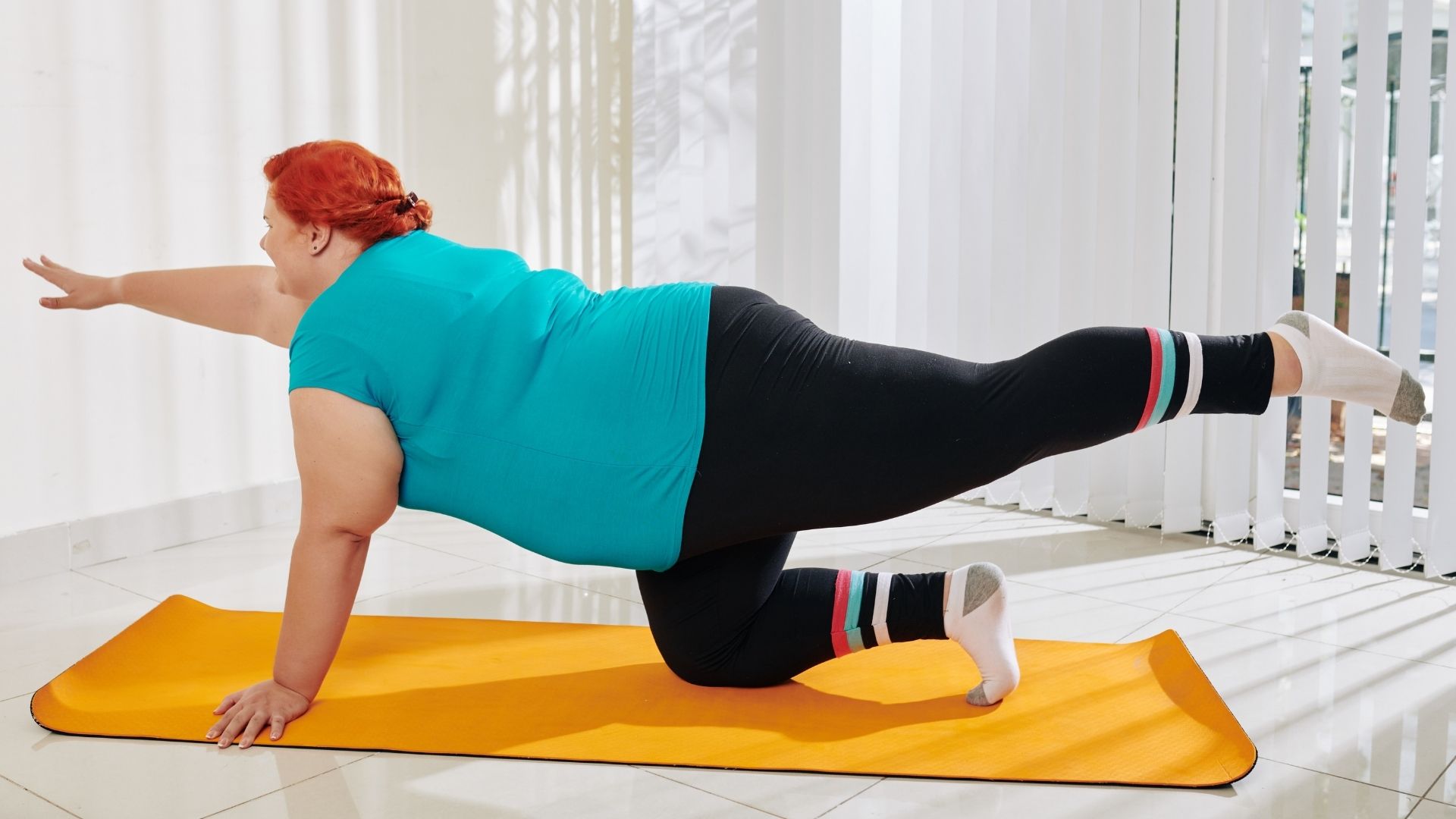While it would be great it there was a one-size fits all treatment for incontinence, the reality is that we are all individuals, and require our own unique exercise plan. That is why it is important to see a pelvic floor physiotherapist for assessment and a recommended program of pelvic floor exercises for incontinence tailored to your individual needs.
To better understand the logic behind this, let’s discuss the nature of pelvic floor dysfunction, how pelvic floor exercises can help, why it is important to optimize the function of these muscles and how long it can take to see results.
‘I Laughed So Hard I Peed My Pants!’
I hear this said often on social media, and on tv. But really, this should never happen if your pelvic floor muscles are functioning correctly. In fact, prior to laughing, a sneeze, cough or any increase in intra-abdominal pressure, these muscles there should actually ‘reflexively’ turn on, and provide more closure around the urethra to make sure that we don’t leak when we laugh (or cough or sneeze).
Leaking is a sign that the pelvic floor muscles aren’t effectively doing their job This can be due to the muscles being overactive (working to long and hard without a break) or under-active (unable to work hard or strong enough).
It is my job as a pelvic floor physiotherapist to figure out the nature of the muscle dysfunction. In either scenario- treatment involves rehabilitating the pelvic floor and surrounding core muscles by ensuring they are at their optimal length and then re-educating them to function as part of an efficient and well-coordinated pelvic floor and core system.
Do Pelvic Floor Exercises Help Incontinence?
It is my job as a pelvic floor physiotherapist to figure out the nature of the muscle dysfunction- whether the muscles are too overactive (working too hard), or under-active (unable to work hard enough).
In either scenario, the pelvic floor and surrounding core muscles can be rehabilitated to ensure they are at their optimal, full length, and then re-educating them to function as part of the core system.
If the muscles are assessed to be too overactive, this means first working on releasing, or stretching the pelvic floor muscles prior to re-educating and activating the muscles.
However, if the muscles are assessed to be under-active, this would mean beginning with coordinating pelvic floor contractions.
Is it Too Late to Strengthen My Pelvic Floor?
It is never too late to improve the function of your pelvic floor. The pelvic floor muscles are like any other muscle in our body & can always be strengthened! The pelvic floor muscles play 5 important roles in the body. Strengthening them at any stage of life or level of function can provide benefits that include supporting our internal organs, stabilizing the body as part of the inner core unit, improving sexual function and blood circulation, in addition to preventing leakage (both urine and feces).
How Long Does it Take to Strengthen Pelvic Floor?
As with any muscle, it can take 6-8 weeks to see any initial change to your pelvic floor muscles, and take anywhere between 8-12 sessions to get full change (depending on the individual).
Are Pelvic Floor Muscles the Same as Kegel’s?
Kegels are exercises developed in the late 1940s by Dr. Arnold H. Kegel, an American gynecologist, as a nonsurgical way to prevent women from leaking urine.
However, although ‘Kegel’ exercises themselves are simple, finding the right muscles to exercises isn’t. Most often, when an individual does Kegels, they are often working their abdominal, buttock or inner thigh muscles & not using the correct muscles, their pelvic floor muscles.
However, the name ‘Kegel’ shouldn’t be used interchangeably with the term pelvic floor muscle contraction, or pelvic floor muscle retraining, which are the coordinating and strengthening exercises for the pelvic floor muscle.
Which Pelvic Floor Exercises for Incontinence are Most Effective?
It is important to see a pelvic floor physiotherapist to decide what exercises would be the most beneficial and effective for you, as an individual.
Pelvic floor physiotherapy involves both internal and external examinations, completed by a trained pelvic physiotherapist, to provide a thorough assessment of the pelvic floor, in addition to the joints and tissues affecting the pelvic floor.
An internal examination is often necessary in order to accurately assess the structures of the pelvic floor, and assess one’s muscle function- the ability to contract and relax internal muscles, the strength and endurance of the pelvic floor muscles, and any increase in muscle tension.
How Can a Pelvic Floor Physiotherapist Help Treat Incontinence?
Contact our pelvic floor physiotherapist Talia Diamond for a complimentary 15-minute phone consultation to find out if pelvic floor physiotherapy is right for you.
Written by











